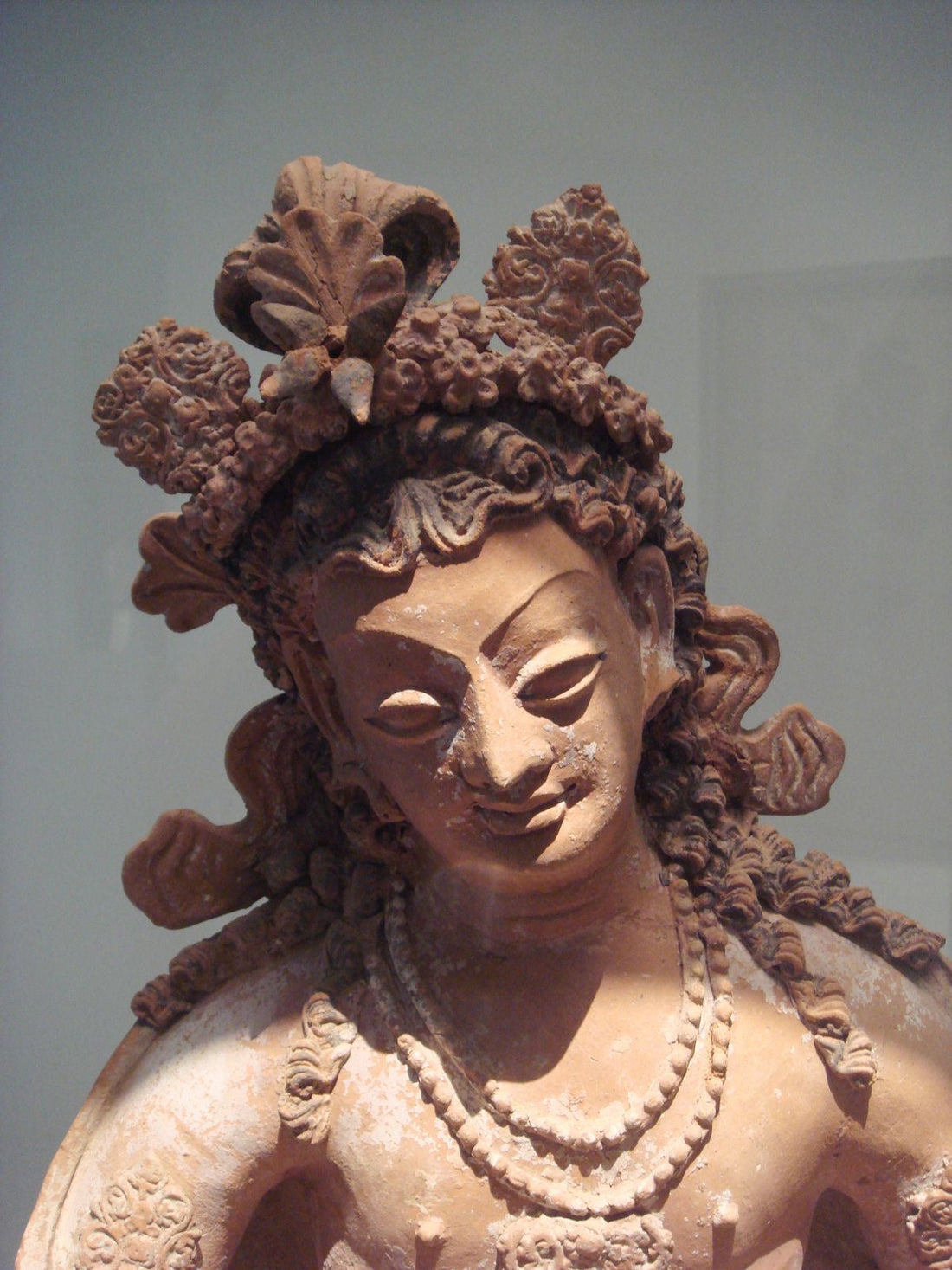
Chapter 3: Gandhara in Afghanistan and Pakistan — An Artistic Cradle on the Corridor of Civilizations
WeiYifanShare
Gandhara is not just a historical term — it is also a real place on today’s map, spanning parts of Afghanistan and Pakistan. To understand it, we must look at this frontier corridor where mountains and valleys shaped the course of history.
This region was a civilizational corridor:
- The Hindu Kush mountains and Kabul Valley formed natural transit routes.
- The fertile Peshawar Valley supported farming and settlements.
- To the west lay the Iranian plateau, to the north the Fergana basin, and to the east the Ganges plain.
Because of this geography, Gandhara became a crossroads for merchants, armies, monks, and artists.
Gandhara Heritage in Afghanistan
In Afghanistan, the most famous legacy is the Bamiyan Buddhas. Though built later (around the 6th century CE), they reflect Gandhara’s artistic roots: the drapery of the robes, the proportions of the faces, and the mural styles all carry its influence. The Bamiyan caves serve as a kind of “visual archive” of how Gandhara art blended with Central Asian traditions.
Gandhara’s Core in Pakistan
In Pakistan, Peshawar and Taxila were the heart of Gandhara.
- Peshawar once served as the capital of the Kushan Empire, when Buddhism flourished.
- The ruins of Taxila preserve not only Buddhist stupas and monasteries but also Greek theaters and city remains — clear evidence of cultural coexistence.
The Afghanistan-Pakistan frontier was the true core of Gandhara civilization. In Buddhist history, it was the essential link between India, Central Asia, and China.
Why does this matter?
Because once we grasp Gandhara’s geography, we can see why it became the “cradle of Buddhist art” — continuously absorbing Greek, Persian, and Indian influences to create a unique visual language.
Gandhara was not a periphery. It was a center — the very heart of cultural exchange.
